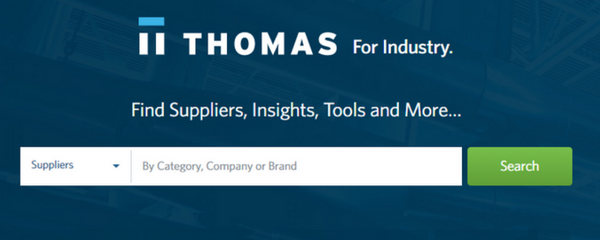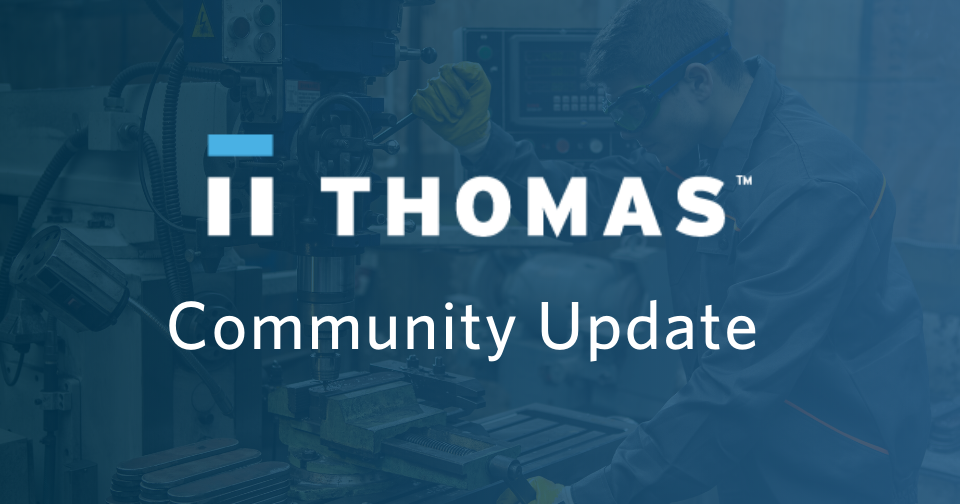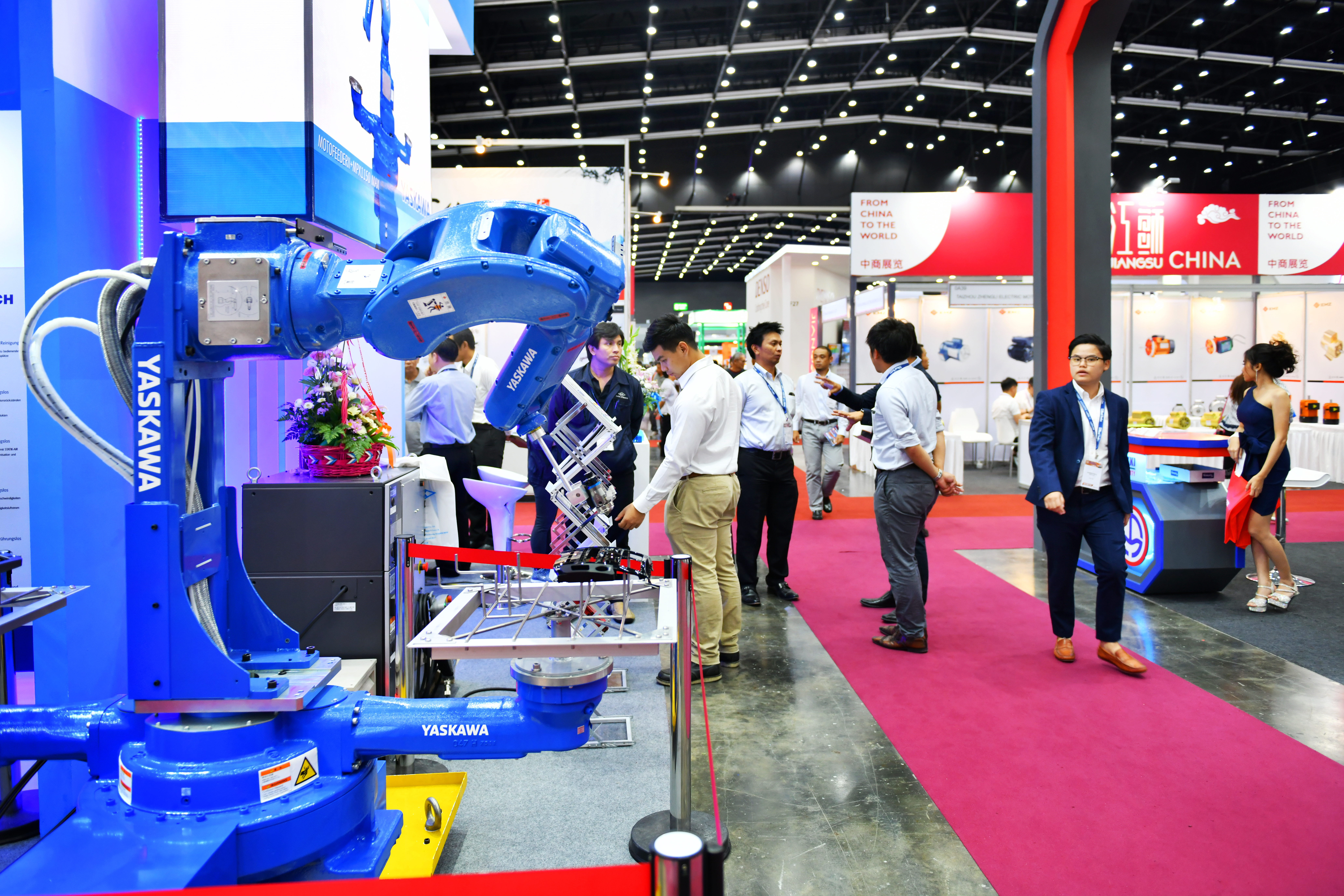ISM2016 Recap: Day Two
Jay Scheer May 16, 2016
Day two really kicked ISM2016 into high gear, with learning sessions all day long, exciting presentations in the exhibit hall and a keynote address that brought everyone together. There was a lot to take in, and here is our recap to make sure you are plugged in.
After months of anticipation, ISM2016 — the premier procurement and supply chain event — officially kicked off in Indianapolis. Whether you couldn’t make the trip or just couldn't decide which of the many great sessions to attend, we’re here to fill you in and give you an insider’s perspective with daily recaps straight from the conference.
Read Our Other Recaps
Day 1: Rising Supply Chain Stars
Day 3: Negotiating tactics, supply chain risks, unlikely leaders, and more
Day 4: Overcoming challenges to working with small- and medium-sized businesses
Create A Culture Of Doing In Your Procurement Department
Procurement and supply chain professionals have a lot on their plates. Unfortunately, there are numerous distractions that take their time, focus and energy away from what really matters.
Chris Sawchuk, Principal and Global Procurement Advisory Practice Leader at The Hackett Group, offered five essential tips to help procurement power through these distractions in order to do more and deliver results in 2016.
Here they are:
Improve Agility: Seventy-four percent of procurement executives identified becoming more agile as a priority in 2016. However, only 36 percent said that they had the ability to actually improve their agility.
What’s causing the disconnect?
According to Sawchuk, it’s because organizations are not prepared, or not equipped, to handle change. Disruptive innovation, intensifying competition, the shift to a customer-driven culture, the digital imperative and a lack of insight paralyze companies and keep them static rather than agile.
To overcome these forces of change, procurement teams need to take a holistic approach that includes:
- Developing a culture that embraces change and views it as an opportunity.
- Creating a flexible approach to talent placement and management that is tailored to the needs your specific organization and the people within it. Provide continuous learning and development opportunities both inside the classroom and out in the field.
- Building teams that are staffed by those outside the typical pool of procurement and sourcing specialists, where softer skills like relationship management, intellectual curiosity and business acumen are highly valued
- Delegating decision-making authority and empowering leadership to be more change-oriented.
- Adopting and embracing technology, particularly the Internet of Things, social media, mobility, analytics, the cloud and cognitive computing, otherwise known as I-SMACC
Become More Customer Centric: The customer is king, but you are serving may kingdoms. Thus, it is critically important to know your customers individually and be able to distinguish their challenges from one another. This is the first step in becoming more customer centric.
“We can’t treat all of our customers the same, just as we can’t treat all of our suppliers the same,” Sawchuk said.
From there, you should hone client-facing skills within your organization and teams with a focus on increasing responsiveness and, again, agility. Once that is accomplished, work to streamline the buyer experience and make it more customer-friendly, and align procurement scorecards to client success.
Tap into supplier innovation: Buyers and suppliers are partners in the supply chain, and this partnership needs to be leveraged. Procurement should engage strategic suppliers and work collaboratively with them in order to drive innovations that deliver real business results.
Increase the quality and quantity of spend influence: You have a direct influence on the quantity and quality of all aspects of your supply chain, but you should be focusing your time on areas where you can have the biggest impact and where real opportunity exists. This will vary by company and situation, and may include price, demand management, supplier relationship management or innovation.
Another area where you may be able to increase the quality and quantity of your spend influence is tail spend. More and more organizations, especially advanced ones with large procurement teams, are concentrating on managing tail spend. You need to decide if the return on the investment of your time is worth it in terms of quality and quantity.
Become information navigators: Procurement naturally is engaged in managing products and services, but in today’s data-driven environment, it’s just as important for you to manage information.
Procurement needs to create an “information supply chain” within the organization in order to ensure that everyone is connected to the data and intelligence they need. In fact, informational navigation will become a supply chain discipline in and of itself.
Supply Chain Sustainability Isn’t One-Size-Fits-All
Sustainability in the supply chain was a hot topic in conversations and presentations throughout the event, and with good reason. A focus on sustainability is one of the factors driving manufacturing growth. However, while the desire to make a positive impact on the environment is nearly universal, the approach to achieving sustainability can’t be.
According to Robert Kuhn, Senior Director And Principal Advisor of Kuhn Associates Sustainability Advisors LLC, organizations need to tailor their sustainability efforts according which stage of the sustainability spectrum they are on – beginner, intermediate or leader.
For example, if you are just beginning to implement a supply chain sustainability program, you want to identify opportunities with low hurdles that can offer quick wins and get your process started. Companies at the intermediate stage need to build on those low-hanging successes and focus on meeting new challenges. Finally, leaders need to exemplify success by mentoring, collaborating and setting the standards for what a successful sustainability program looks like.
Driving Success: Lessons Learned From Alan Mulally, Former CEO Of Ford
By all accounts, Alan Mulally is one of the most successful business executives in the world. He was the Executive Vice President of Boeing and the CEO of Boeing Commercial Airplanes before taking over as the CEO of Ford in 2006, right at the peak of the economic recession. He walked in to a company that was losing millions of dollars a year, and in a market where his two biggest competitors needed government funding to just stay in business.
Despite the long odds, today Ford is more successful than it’s ever been. As a result of his efforts, Mulally was named Person of the Year by the Financial Times and CEO of the Year by Chief Executive Magazine.
What’s the secret to his success? Actually, it’s no secret at all. It’s just a commitment to these 11 principles and practices:
- Put people first.
- Make sure everyone is included.
- Have a compelling vision, a comprehensive strategy and a relentless implementation.
- Set clear performance goals.
- Establish one plan.
- Rely on facts and data.
- Ensure that everyone knows the plan, the status, and areas that need special attention at all times.
- Propose a plan and maintain a positive, find-a-way attitude.
- Respect, listen, help and appreciate each other.
- Display emotional resilience – trust the process.
- Have fun – enjoy the journey and each other.
How To Gain Stakeholder Buy In
While Mulally touched on the things companies should do to be successful, Jack Martin, VP of Global Sourcing at Dover Corporation, explained what procurement pros should not do in order to become more valued business partners.
Here are his top tips:
- Don’t just focus on the sourcing and supply chain stakeholders: Many procurement professionals make the mistake of gaining buy-in from their peers, as well as engineers, suppliers, finance and the other people they interact with in the supply chain (project-critical stakeholders) while ignoring business-critical stakeholders, such as executives, marketing, sales, IT, HR and, most importantly, customers. Don't make the same mistake.
- Don’t just focus on price and cost savings: While generating price savings and cost reductions is paramount for procurement, there are other areas that you can leverage to gain buy in and position yourself as a valuable business partner. These include payment terms, working capital, lead time improvement, delivery performance guarantees, quality improvements and ease of doing business.
- Don’t be afraid to help: Don’t stick to procurement, find other ways to make an impact. Look for opportunities of alignment with business objectives and key business metrics; build consensus within the organization; strive to improve communication and accountability; build cross-functional relations; and be a part of the business, not just the procurement department.
- Don’t just think results means success: Generating winning results is great, but there’s more that you need to do. Participate in training; bestow recognition and acknowledgement upon those who deserve it; and look for ways to make a long-term impact.
- Don’t be short term: Becoming a valued partner takes time, so work hard to understand business needs and priorities. Identify 3-5 key deliverables every year; create sourcing roadmaps; and continually build cross-functional stakeholder relationships.
That wraps up our coverage of day two at ISM2016.
Did you find this useful?









